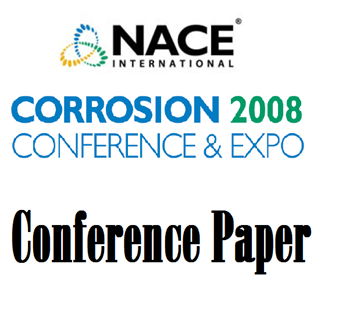Search
51315-5582-The Cavitation Erosion Behavior of UNSN04400 Alloy in Seawater
Also Purchased
07253 Cavitation Corrosion Behavior of Carbon Steel, Al-Bronze and Cobalt-Based Alloy in Seawater
Product Number:
51300-07253-SG
ISBN:
07253 2007 CP
Publication Date:
2007
$20.00
08173 Cavitation and Erosion Damage of Reboiler Stripper Tubes in Gas Manufacturing Industry
Product Number:
51300-08173-SG
ISBN:
08173 2008 CP
Publication Date:
2008
$20.00
10392 The Effect of Ultrasonically Induced Cavitation Conditions on the Behavior of NI-Resist Cast Alloy in Seawater
Product Number:
51300-10392-SG
ISBN:
10392 2010 CP
Publication Date:
2010
$20.00




